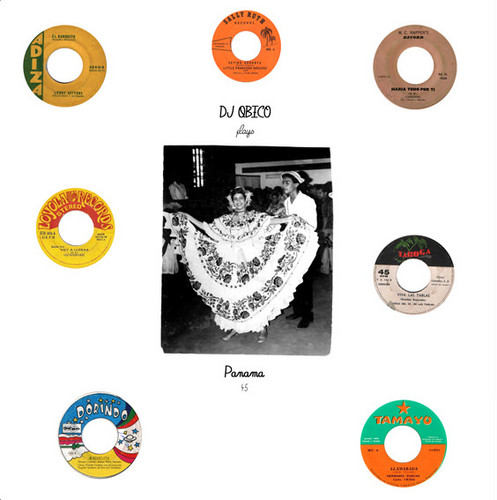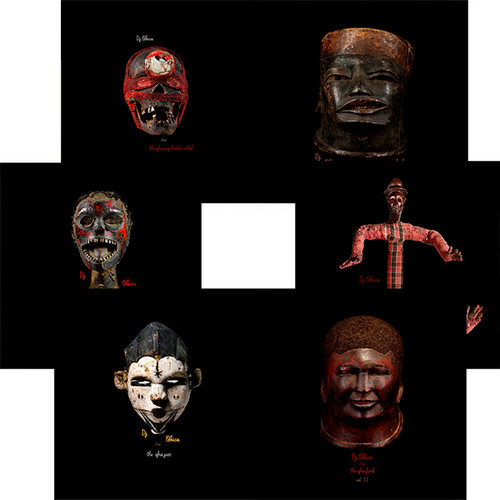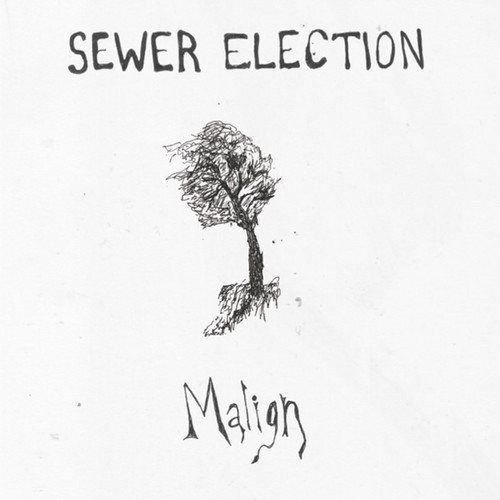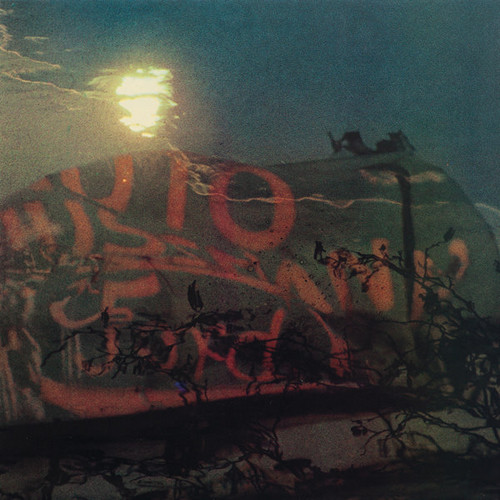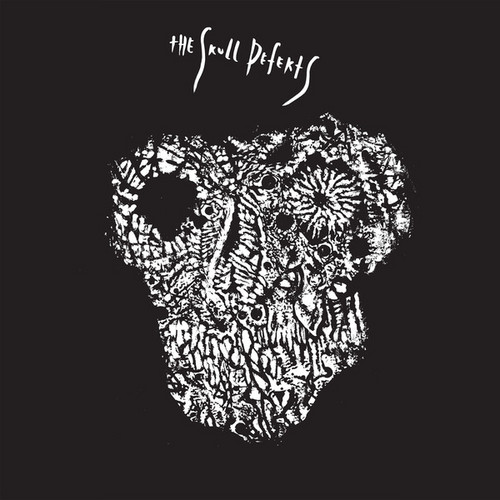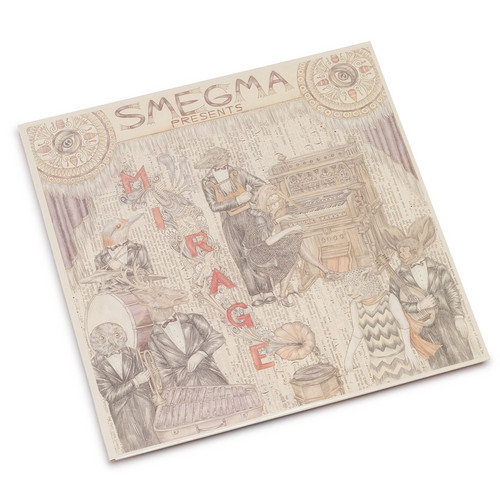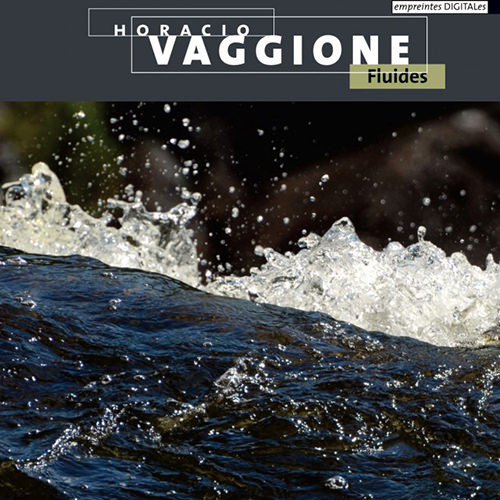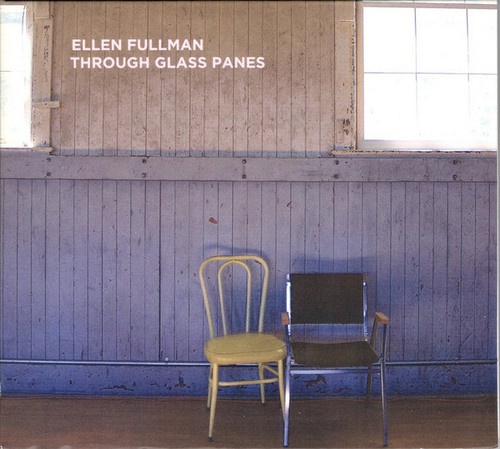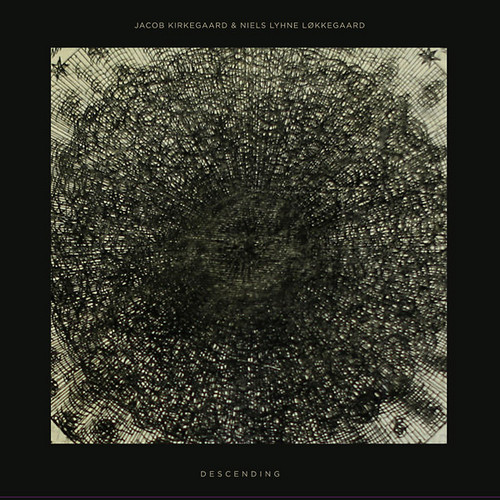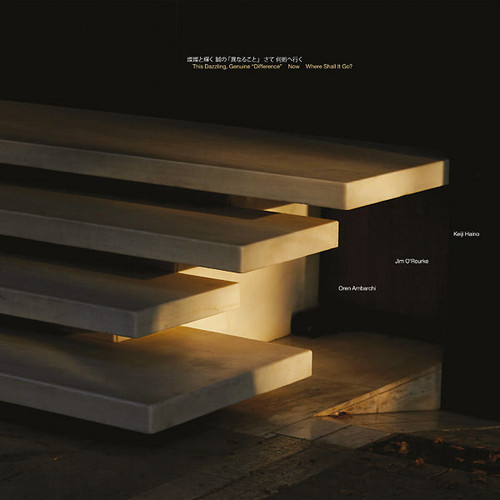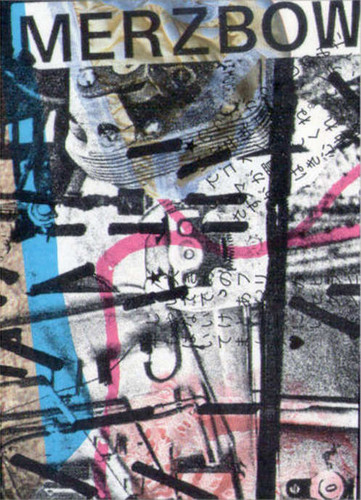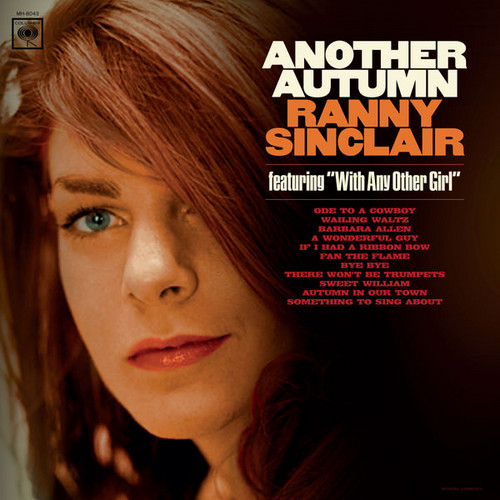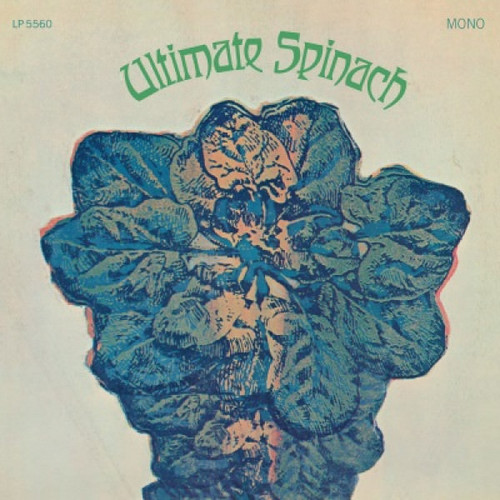Back in stock
Plays Burundi
**very last copie** Limited numbered 1/99 only with hand-made foder cover, printed labels and black inner sleeves! dj qbico mix a selection of very rare afro funk jazz soul and ethnic music from Burundi. Ethio-Jazz flourishes all over, reminding to me that amazing LP from Sudan by Saif Abu-Bakr al Iqarib
Plays Panama
Limited numbered 1/70 only with hand-made foder cover, printed labels and black inner sleeves! dj qbico mix a selection of very rare/obscure 45 from Panama, none of these tracks had been reissued or appears on any compilations
Obscure Music from Africa
Limited and numbered 1/75 only with folder hand-made cover, printed labels. A spectacular selection of of previously unheard music from Africa, painstakingly constructed and brought to life/compiled over a number of rare & obscure 60s and 70s African records from Dj Qbico collection, none of these tracks or LP reissued yet. Six foundational compilation available on vinyl for the first time ever:
Dj Qbico plays the afro psychedelic xholDj Qbico plays the afro funkDj Qbico plays the afro boogieDj…
Malign
Swedish noise agitator Dan Johannsson bothers his good pals at iDEAL with a brilliant new LP following his Aska split album with Puce Mary in 2013. Malign by nature and intent, his overdue return to Joachim Nordwall’s label is a sorely strung out and decayed thing, a dank space hankering to be inhabited by listeners who want or need to be pushed into uncomfortable headspaces. If you're into anything from Jandek to Wolf Eyes to The Caretaker - this one's for you.
Malign trades in a sense of…
Oneirika
Reinhold Friedl's Zeitkratzer proves the perfect ensemble for Oneirika, avant-garde veteran Elliott Sharp's composition/soundscape inspired by Cageian tradition that premiered at Maerzmusik Festival 2014. Zeitkratzer worked with Elliott Sharp for the first time in 1997, and have since been releasing several cooperations, including two duo releases of Zeitkratzer mastermind Reinhold Friedl and Elliott Sharp. Over the last 40 years the avant-garde musician has created an immense oeuvre: he ha…
Complete Song Books
... to consider the Song Books as a work of art is nearly impossible. Who would dare? It resembles a brothel, doesn't it?" --John Cage. Complete Song Books, volume three in the Perihel series on Karlrecords, along with La Legende d'Eer and Douze Inventions en Six Modes De Jeu is dedicated to one of the most iconic composers of 20th century, John Cage. All 92 pieces of Song Books are presented here, with stunning interpretations by Reinhold Friedl, recorded at Rashad Becker's Clunk Studio who a…
Sukram Gurk
Siloah were re-formed by Thom Argauer in late 1971 after their Munich hippie community had split following the release of the band’s first record. Although "Sukram Gurk" was recorded under the same elementary conditions as its predecessor and had a similar psychedelic touch, it fails a bit to achieve the sort of charisma evident in the first record. Thom now played the keyboards instead of the guitar. Re-issue from the master …
Flower of Sulphur
Sweden’s spikiest, boundry-oblivious rock group give one last hurrah with this eponymous slaughter for Thrill Jockey. Following more than a decade of defying categorisation and relaxing on labels as far flung as Diagonal and Important, Joachim Nordwall and co take this opportunity to blast out eight jams tangoing from the xmas-ready combo of noisy dub and sleigh bells in A Brief History of Rhythm, Dub, Life and Death to the shark-eyed krautrock drive of The Beauty of Creation and Destruction, vi…
Plays Exotic Jazz
**very last copies** Limited numbered 1/70 only with hand-made foder cover, printed labels and black inner sleeves! dj qbico mix a selection of very rare/obscure 45 from Us, none of these tracks had been reissued or appears on any compilations
Mirage
With Mirage on Important Records, Smegma again does the impossible. 38 years after reinventing the musical wheel, they have recorded a stunning masterpiece. With four of the original members working together again for the first time in many years, together with many new collaborators , they have kept alive their unique brand of old school primitive, Avant/Garage music. Running the gamut from the Musique Concrete inspired subtilely bombastic mood of the Title track to World of my Own's frenzied n…
Fluides
“Mécanique des fluides” (2014-15). “PianoHertz” (2012). “Consort for Convolved Violins” (2011). “Préludes suspendus III” (2009, 10). “Fractal C” (1983-84). Horacio Vaggione has been integrating computers to his approach to composition since the 1970s. His body of work includes electroacoustic pieces, mixed pieces, and instrumental music. Born in 1943 in Argentina, Vaggione has been residing in France since 1978. He studied piano with Ornella Ballestreri and composition at Universidad Nacio…
Through Glass Panes
Ellen Fullman's first proper full length for Important Records follows her collaborative work with Barn Owl (imprec327) and a split LP with Eleh (imprec318). She was also featured on The Harmonic Series: A Collection Of Work In Just Intonation (imprec272).
In 1981 Ellen Fullman began developing the Long String Instrument, an installation of dozens of wires fifty feet or more in length, tuned in Just Intonation and ‘bowed’ with rosin coated fingers. Fullman has developed a unique notation system…
Exotica
Sensuous dreamscapes to transport the listener to the lush tropical environs of the outer reaches of the omniverse. Your choice of three colorful inter-stellar saucers or two compact saucers of "Exotic-Ra" bringing you to a lush cocktail party where space is the place. All packaged in a beautiful Chesley Bonestell adorned gatefold package with two sets of extensive notes! Sun Ra. Exotica. Incongruous? Listening to the 25 tracks herein will showcase that Sun Ra was, indeed, an Exoticat of sorts, …
När
”A troubled 8-track mini album that stayed on the other side of the Atlantic for a bit before returning firmly to the Omlott headquarters. Meanwhile, the band kept busy doing one-off shows in the US and micro-tours with Lydia Lunch in between the occasional shows in Belgium and Sweden. If you seen Neutral live during the last few years, chances are good that you already heard tracks like ‘Du’ and ‘Köldgatan’, both already prominent parts of their live set. The opener ‘Du’ is a wonderful t…
Descending
Descending is a composition consisting of two movements for room resonance, triangles, shakers, and horns. The recording was made in August 2015, performed by the Aarhus Jazz Orchestra. Descending is Niels Lyhne Løkkegaard's and Jacob Kirkegaard's first collaboration. The sound artists and composers Jacob Kirkegaard and Niels Lyhne Løkkegaard are both renowned for their ability to convert sound into a form with the character of an artwork and a bodily dimension that can be experienced by m…
Home Age
Home Age is the first proper Eleh full-length since 2012's Homage To The Pointed Waveforms. These three new pieces seek to expose the inherent musicality of pure electrical currents via high resolution Serge STS synthesizers. Like early Eleh work, Home Age is inward looking, domestic, and deliberate, but also slowly emotional and revealing as if peering blurry-eyed through a window. Melody, harmony, and counterpoint are suggested but not revealed. Packaged in a deluxe gold-on-black, heavy…
This Dazzling, Genuine "Difference" Now Where Shall It Go?
Black Truffle presents the eighth full-length release from the trio of Keiji Haino, Jim O'Rourke, and Oren Ambarchi. Over the course of four LP sides, the October 2014 concert documented here ranges from rock power trio dynamics to maelstroms of analog electronics. Once again, the three demonstrate their commitment to pushing into new areas of instrumental exploration and group interaction. Where their previous releases featured extended vocal workouts from Haino, his vocalizations here ar…
Musick From Simulation World
Another Merzbow re-issue for salivating Japanese noise junkies, recorded and Mixed at ZSF Produkt Studio in 1983. Merzbow blasts out of the gates with volcanic noise eruptions with all of the violence we can hear in these analog recordings from the early 80s. Mechanical grindings, claustrophobic scapings, train-wreck rhythms...Harsh energy indeed!! Limited edition of 200 copies.
Another Autumn
Ranny Sinclair attended Juilliard as a dance major, but ultimately landed a singing contract with Columbia Records. Her issued discography features several tracks that were turntable hits of the era or have since become valued Northern Soul favorites all those cuts plus the remaining masters capture some of the top talent of the day, recorded in the glorious Columbia New York studios! Her recordings were overseen by Columbia's main jazz and pop producer, Teo Macero, who was also responsible for …
Ultimate Spinach
Considered among the all-time classic psychedelic recordings, the Ultimate Spinach ’68 self titled debut is unearthed in its unfathomably rare mono form! The unique blend of psych, jazz, rock, Gregorian vocals and Baroque instrumentation sets Ultimate Spinach apart from anything released at the time. It includes the now famous “(Ballad of the) Hip Death Goddess,” an 8:12 classic featuring the eerie, haunting vocals of Barbara Hudson, an oft covered staple of the genre.It was legendary record pro…

